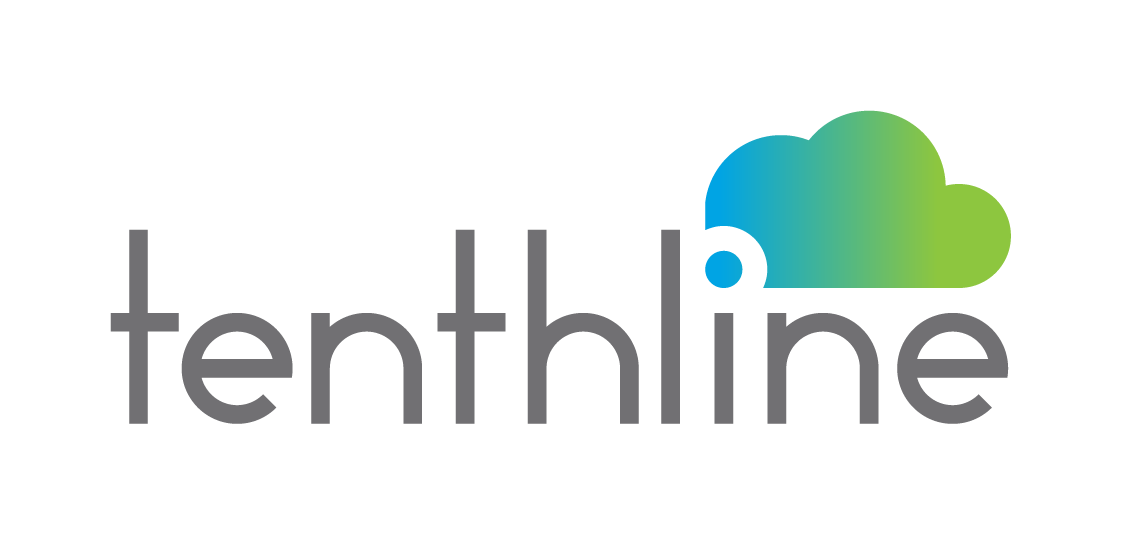The use of document management systems (DMS) has become increasingly prevalent in organizations of all sizes as a means of organizing, storing, and sharing critical business documents. While the convenience and cost savings of open source and freemium DMS options are tempting, recent reports have raised concerns about the security of these systems. Multiple unpatched security flaws have been disclosed, exposing sensitive information to potential cyber threats.
Why Open Source and Freemium DMS Options are Popular
The popularity of open source and freemium DMS options is due to the cost savings they offer compared to proprietary systems. Open source DMS options are free to use, and freemium options offer a limited free version with the option to upgrade to a paid version for additional features. This has made DMS accessible to organizations with limited budgets. Additionally, open source DMS options are customizable, allowing organizations to tailor the system to their specific needs.
The Risks of Unpatched Security Flaws in DMS
The downside of open source and freemium DMS options is that they are not typically supported by dedicated security teams. This leaves vulnerabilities unpatched, exposing sensitive information to potential cyber threats. The risks posed by these security flaws include data breaches, unauthorized access to sensitive information, and identity theft.
For example, a recent report disclosed a vulnerability in a popular open source DMS that could allow an attacker to access sensitive information without proper authentication. This vulnerability had been present for several years, and despite the availability of patches, many organizations had not taken the necessary steps to protect their systems.
Protecting Your Organization from DMS Security Flaws
Organizations need to be proactive in protecting themselves from the risks posed by unpatched security flaws in DMS. The following are some best practices to help reduce the risk of a security breach:
- Use a supported DMS solution: While open source and freemium DMS options are tempting, it is important to consider the risks posed by unpatched security flaws. Organizations should consider using a supported DMS solution that offers regular security updates and support.
- Keep software updated: Regular software updates help ensure that security flaws are patched in a timely manner. Organizations should regularly check for and apply updates to their DMS system.
- Implement proper security measures: Organizations should implement proper security measures, such as firewalls, antivirus software, and two-factor authentication, to protect against potential cyber threats.
- Educate employees: Employee education is key in reducing the risk of a security breach. Organizations should educate employees on the importance of protecting sensitive information and best practices for keeping systems secure.
In conclusion, the disclosure of multiple unpatched security flaws in open source and freemium DMS options highlights the need for organizations to be proactive in protecting their systems. While the cost savings and convenience of these options are tempting, organizations need to weigh the risks and consider using a supported DMS solution to minimize the risk of a security breach.


Leave A Comment